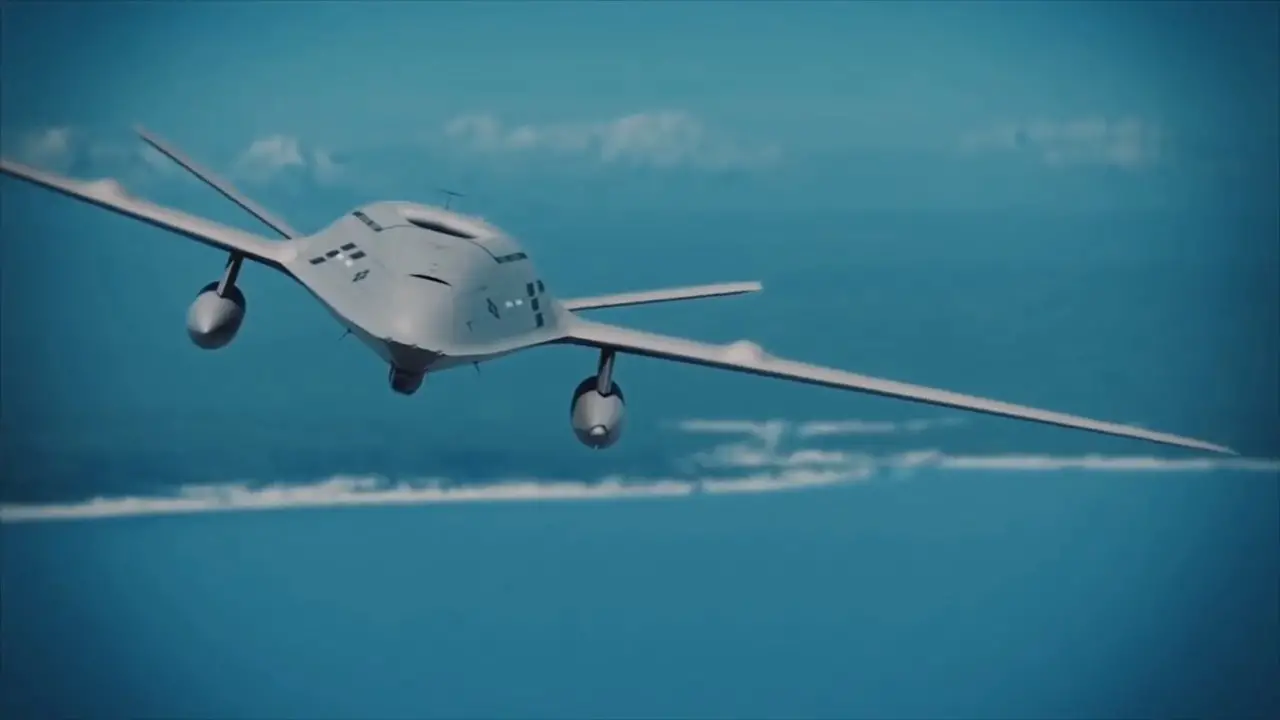On 30 August 2018, the U.S. Navy announced Boeing as the winner of the competition and awarded a $805 million development contract for four MQ-25A aircraft to be completed by August 2024. The program may expand to $13 billion overall and consist of 72 aircraft. Boeing was awarded the engineering and manufacturing development contract to provide four aircraft. Boeing plans to perform the MQ-25 work in St. Louis. MQ-25 brings the right combination of refueling, autonomy, and seamless carrier deck integration to deliver a solution that meets the U.S. Navy’s goals: put a low-cost unmanned aerial refueling aircraft on the flight deck as soon as possible. It first envisioned UCLASS as a surveillance and strike asset, but the program was canceled in 2016 after stakeholders including the Navy, the effort to field a carrier drone was reborn that year as an unmanned tanker that could double the range of the carrier air wing.

MQ-25 is designed to provide the U.S. Navy with a much-needed refueling capability. According to the U.S. Navy, the MQ-25 Stingray will allow for better use of combat strike fighters by extending the range of deployed Boeing F/A-18 Super Hornet, Boeing EA-18G Growler, and Lockheed Martin F-35C aircraft. MQ-25 will also seamlessly integrate with a carrier’s catapult and launch and recovery systems. The Boeing MQ-25 Stingray formerly the Carrier-Based Aerial-Refueling System (CBARS), is a planned unmanned combat aerial vehicle (UCAV) that resulted from the Unmanned Carrier-Launched Airborne Surveillance and Strike (UCLASS) program. The Boeing MQ-25 Stingray formerly the Carrier-Based Aerial-Refueling System (CBARS), is a planned unmanned combat aerial vehicle (UCAV) that resulted from the Unmanned Carrier-Launched Airborne Surveillance and Strike (UCLASS) program.















